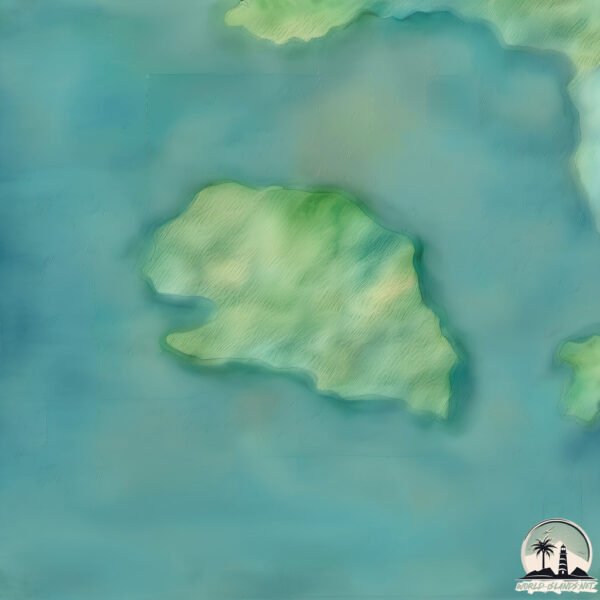Rosa

Welcome to Rosa, a Temperate island in the South Pacific Ocean, part of the majestic Pacific Ocean. This guide offers a comprehensive overview of what makes Rosa unique – from its geography and climate to its population, infrastructure, and beyond. Dive into the details:
- Geography and Size: Explore the island’s size and location.
- Climate and Weather: Weather patterns and temperature.
- Topography and Nature: Uncover the natural wonders of the island.
- Infrastructure and Travelling: Insights on reaching, staying, and making the most of your visit.
- News and Headlines: Latest News.
Geography and size of Rosa
Size: 2.306 km²
Coastline: 8 km
Ocean: Pacific Ocean
Sea: South Pacific Ocean
Continent: South America
Rosa is a Small Island spanning 2.3 km² with a coastline of 8 km.
Archipel: –
Tectonic Plate: South America – A major plate covering the South American continent and part of the Atlantic Ocean, known for the Andes mountain range and significant seismic and volcanic activity.
The geographic heart of the island is pinpointed at these coordinates:
Latitude: -47.98331961 / Longitude: -73.71329263
Climate and weather of Rosa
Climate Zone: Temperate
Climate Details: Temperate Oceanic Climate
Temperature: Warm Summer
Climate Characteristics: Known for its moderate year-round temperatures with ample rainfall and no dry season. Warm summers are characteristic.
Topography and nature of Rosa
Timezone: UTC-04:00
Timezone places: America/La_Paz
Max. Elevation: 62 m
Mean Elevation: 42 m
Vegetation: Open Woodland
Tree Coverage: 81%
The mean elevation is 42 m. The highest elevation on the island reaches approximately 62 meters above sea level. The island is characterized by Plains: Flat, low-lying lands characterized by a maximum elevation of up to 200 meters. On islands, plains are typically coastal lowlands or central flat areas.
Dominating Vegetation: Open Woodland
Characterized by sparsely distributed trees with open canopy allowing sunlight to penetrate, supporting grasses and shrubs underneath. Often found in drier or transitional environments. Rosa has a tree cover of 81 %.
Vegetation: 4 vegetation zones – Diverse Island
Four distinct vegetation zones mark these islands as ecologically diverse. They might feature varied landscapes such as forests, beaches, grasslands, and rocky areas. Such diversity reflects the island’s complex ecological interactions and varied habitats, which can support a rich array of wildlife and plant species.
Infrastructure and Travelling to Rosa
Does the island have a public airport? no.
There is no public and scheduled airport on Rosa. The nearest airport is El Calafate – Commander Armando Tola International Airport, located 313 km away.
Does the island have a major port? no.
There are no major ports on Rosa. The closest major port is PUERTO CHACABUCO, approximately 295 km away.
The mean population of Rosa is 0 per km². Rosa is Uninhabited. The island belongs to Chile.
Continuing your journey, Alberto Vargas is the next notable island, situated merely km away.
Santa Rosa Island: A Snapshot of Time and a Lesson on How Climate Effects Landscape | Lost LA | KCET



Chile is classified as Emerging region: G20: Group of Twenty – Major economies comprising both developed and emerging countries, representing the world’s largest economies. The level of income is Upper middle income.
News – Latest Updates and Headlines from Rosa
Stay informed with the most recent news and important headlines from Rosa. Here’s a roundup of the latest developments.
Please note: The data used here has been primarily extracted from satellite readings. Deviations from exact values may occur, particularly regarding the height of elevations and population density. Land area and coastline measurements refer to average values at mean high tide.
